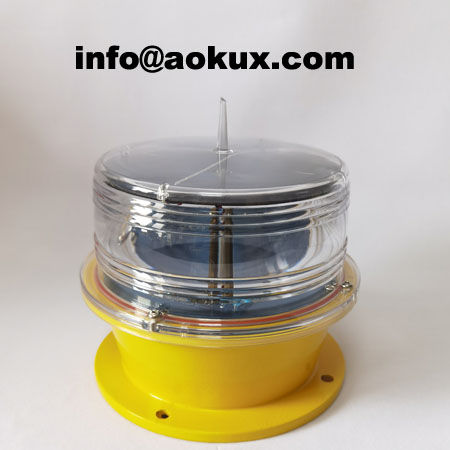
Buoy Lanterns: Ensuring Safety in Marine Navigation
Introduction:
Buoy lanterns are essential lighting fixtures used in marine navigation to mark and identify navigational aids such as buoys and beacons. These lanterns play a critical role in ensuring the safety of ships and boats, especially in low visibility conditions or at night. This article will explore the significance of buoy lanterns, their components, and how they contribute to safe maritime navigation.
Importance of Buoy Lanterns:
Buoy lanterns serve several important purposes in marine navigation. They provide clear visual cues to mariners, enabling them to identify navigational aids and establish their position accurately. These lanterns help sailors determine safe routes, avoid hazards, and maintain a safe distance from shorelines, reefs, or other submerged dangers.
Components of Buoy Lanterns:
Light Source:
The light source is the core component of buoy lanterns. Traditionally, incandescent bulbs were used, but nowadays, LED (Light Emitting Diode) technology is commonly employed due to its energy efficiency and longer lifespan. LED lights emit a highly visible and intense light beam that can be seen from a considerable distance.
Optics:
Optics refer to the lenses and reflectors within the lantern that control the light's direction and intensity. These components ensure that the light is focused and directed towards the intended area, maximizing visibility for mariners.

Power Supply:
Buoy lanterns require a reliable power supply to operate continuously. Solar panels are commonly used as a sustainable and efficient power source for buoy lanterns, as they can harness the energy from the sun to charge the lantern's batteries. Some buoy lanterns may also use traditional batteries or be connected to a power source onshore.
|
Buoy Lantern |
Buoy Lanterns |